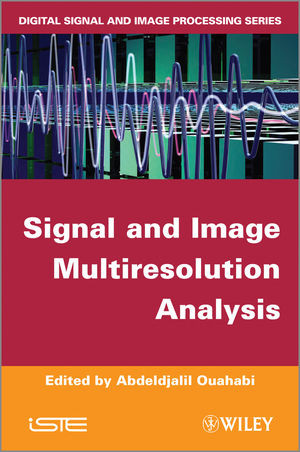

Most ebook files are in PDF format, so you can easily read them using various software such as Foxit Reader or directly on the Google Chrome browser.
Some ebook files are released by publishers in other formats such as .awz, .mobi, .epub, .fb2, etc. You may need to install specific software to read these formats on mobile/PC, such as Calibre.
Please read the tutorial at this link: https://ebookbell.com/faq
We offer FREE conversion to the popular formats you request; however, this may take some time. Therefore, right after payment, please email us, and we will try to provide the service as quickly as possible.
For some exceptional file formats or broken links (if any), please refrain from opening any disputes. Instead, email us first, and we will try to assist within a maximum of 6 hours.
EbookBell Team

5.0
28 reviewsMultiresolution analysis using the wavelet transform has received considerable attention in recent years by researchers in various fields. It is a powerful tool for efficiently representing signals and images at multiple levels of detail with many inherent advantages, including compression, level-of-detail display, progressive transmission, level-of-detail editing, filtering, modeling, fractals and multifractals, etc.
This book aims to provide a simple formalization and new clarity on multiresolution analysis, rendering accessible obscure techniques, and merging, unifying or completing the technique with encoding, feature extraction, compressive sensing, multifractal analysis and texture analysis. It is aimed at industrial engineers, medical researchers, university lab attendants, lecturer-researchers and researchers from various specializations. It is also intended to contribute to the studies of graduate students in engineering, particularly in the fields of medical imaging, intelligent instrumentation, telecommunications, and signal and image processing.
Given the diversity of the problems posed and addressed, this book paves the way for the development of new research themes, such as brain–computer interface (BCI), compressive sensing, functional magnetic resonance imaging (fMRI), tissue characterization (bones, skin, etc.) and the analysis of complex phenomena in general. Throughout the chapters, informative illustrations assist the uninitiated reader in better conceptualizing certain concepts, taking the form of numerous figures and recent applications in biomedical engineering, communication, multimedia, finance, etc.